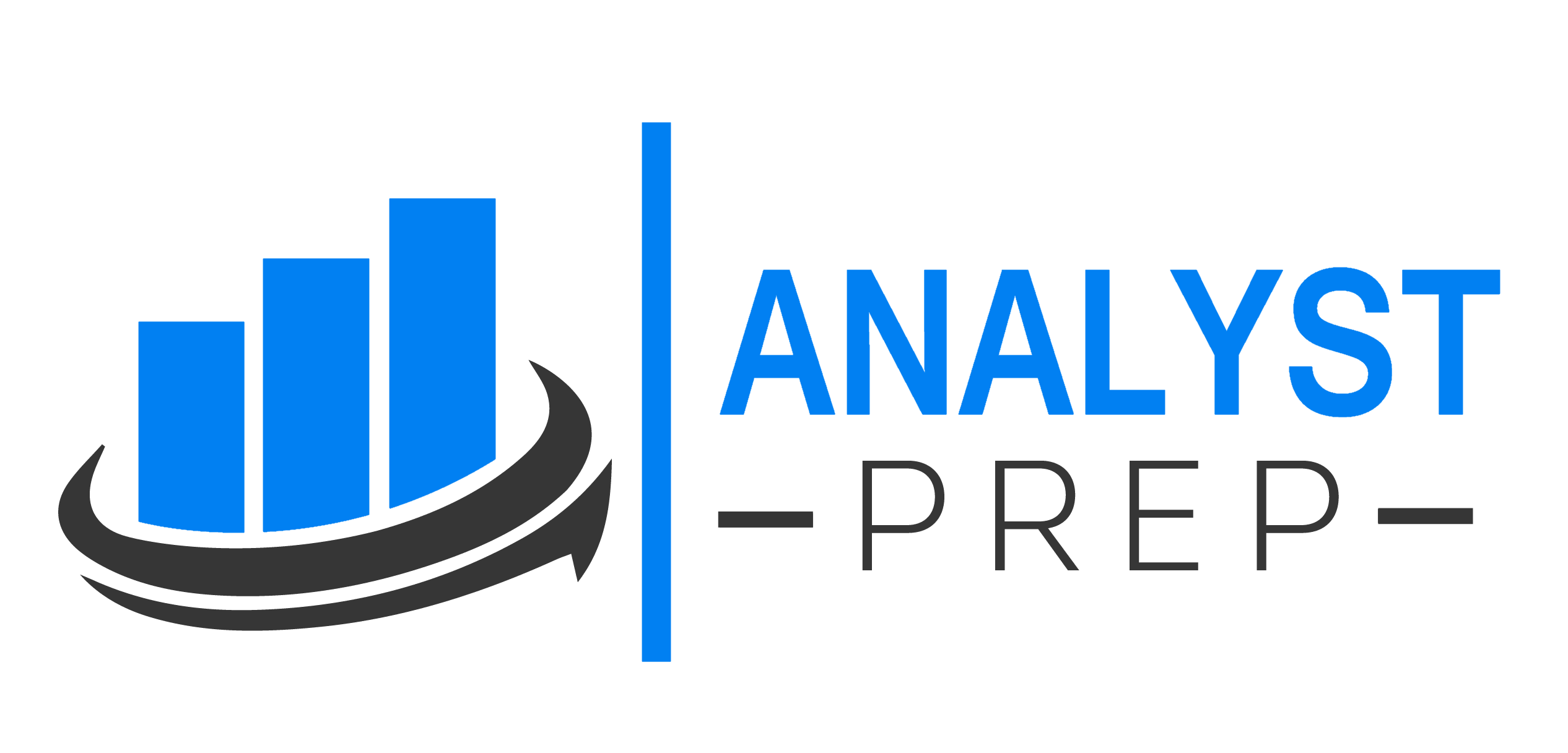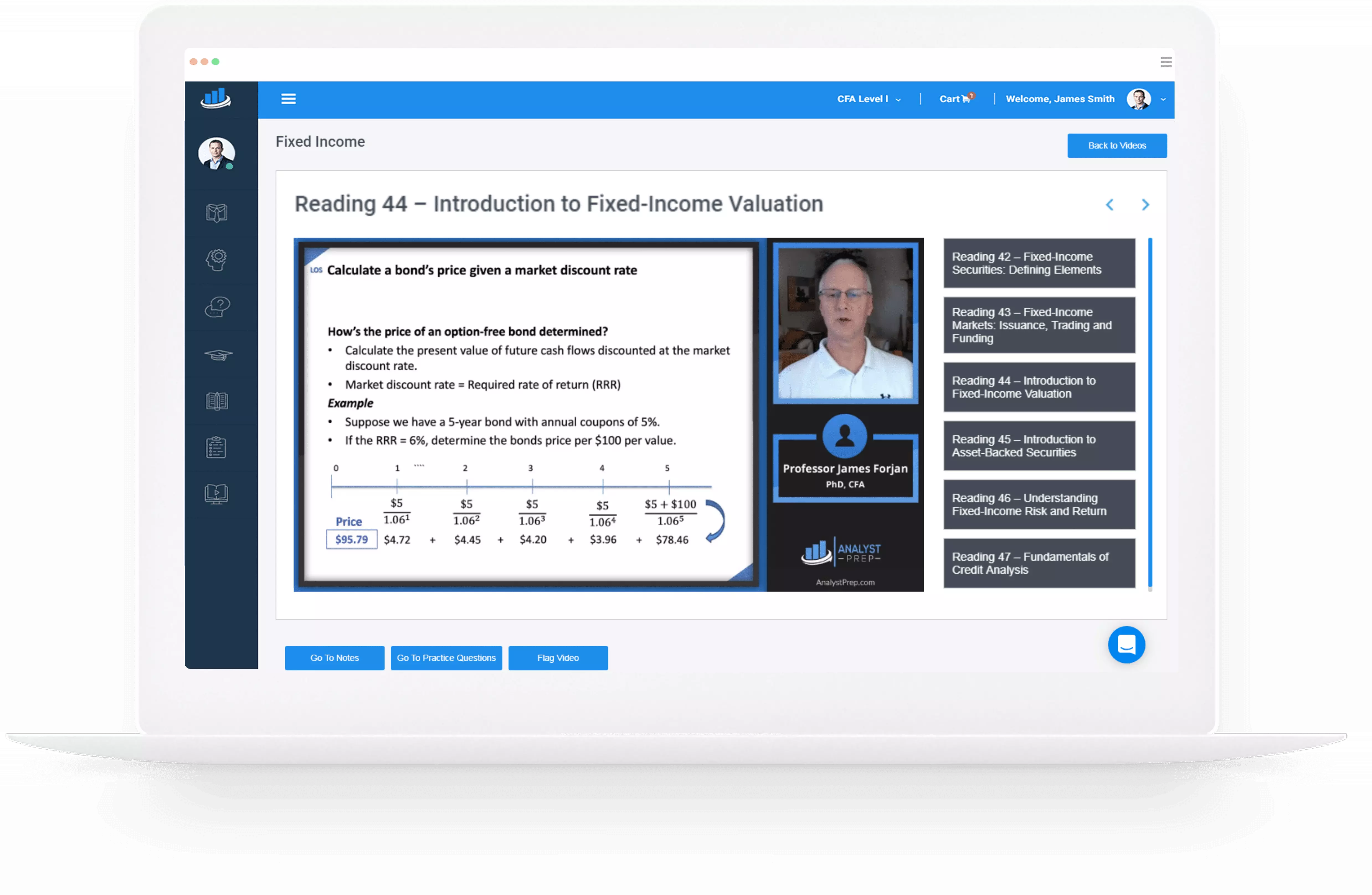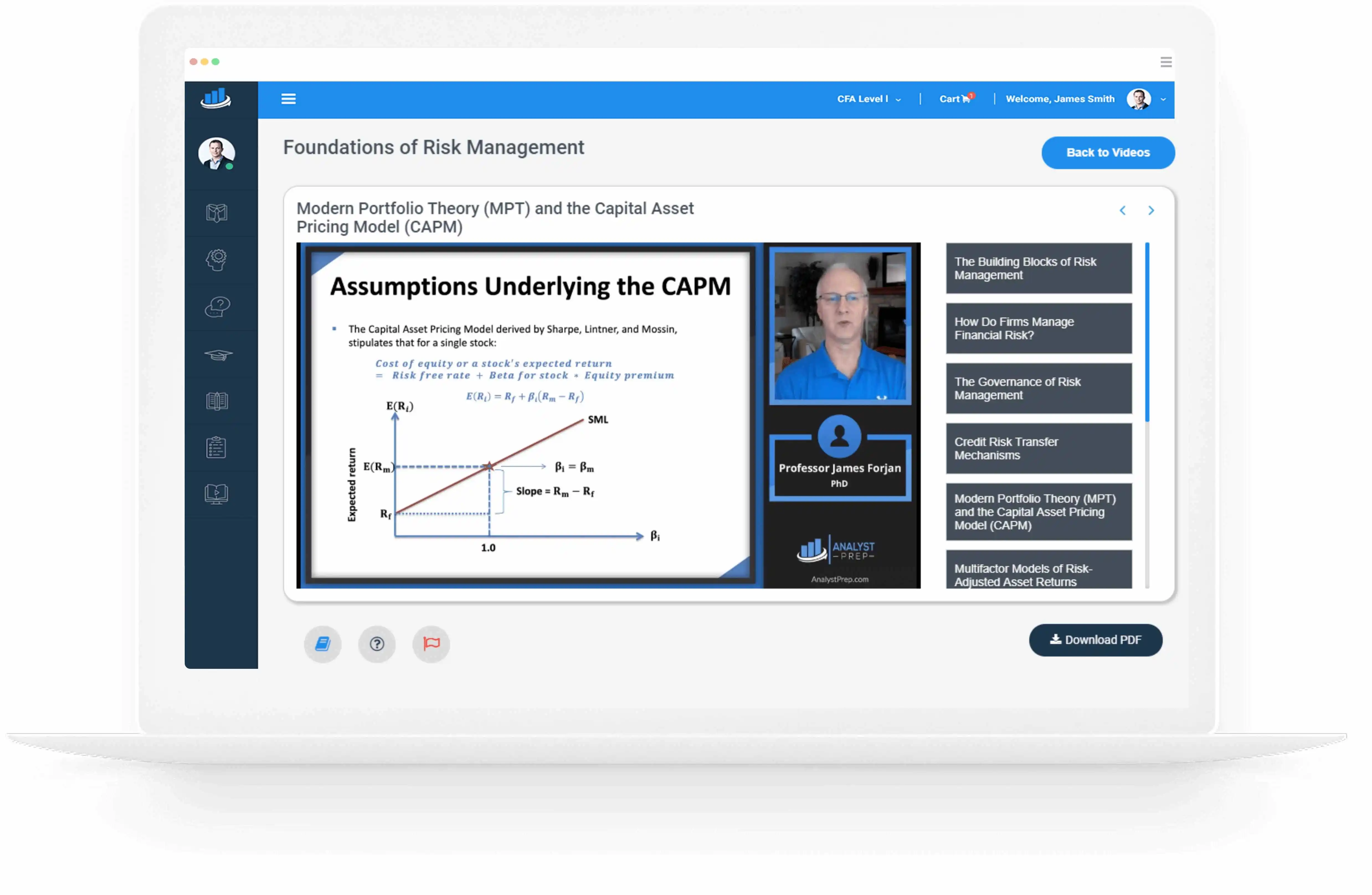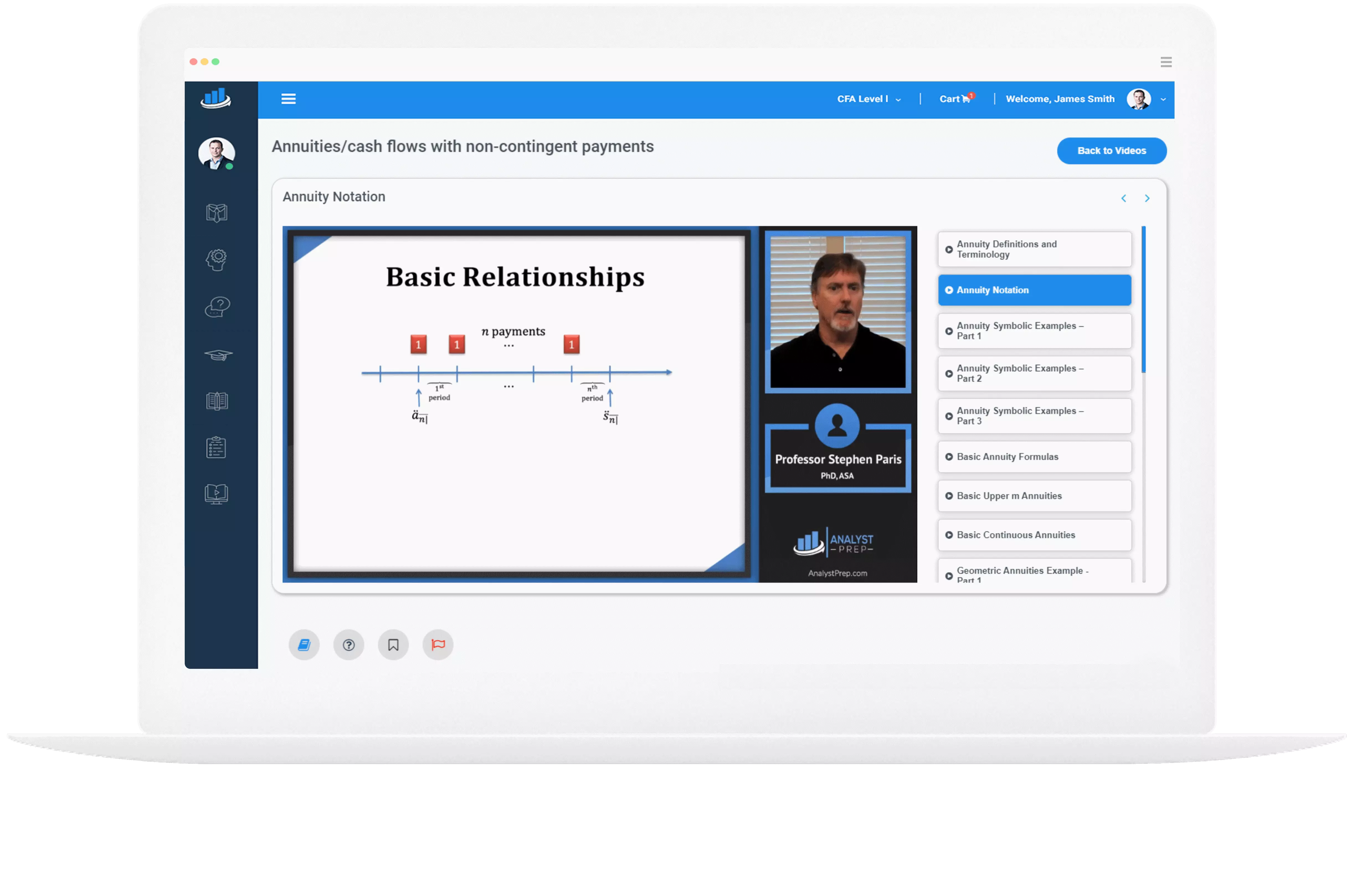Risk Management and Due Diligence for Alternative Investments
[vsw id=”mbgLBrNuD1U” source=”youtube” width=”611″ height=”344″ autoplay=”no”] Due diligence for hedge fund selection includes looking at the track record (if any), investment strategies, redemption rules, and many other qualitative and quantitative factors. Private equity funds require investors to look at the…
Exercise Value, Time Value, and Moneyness of an Option
The exercise value, time to expiry, and price of the underlying relative to the option’s exercise price all affect the price of the option. Exercise Value of an Option The exercise value of American and European options is different because…
Derivatives – Exchange Traded & OTC
[vsw id=”00HzgJftwpU” source=”youtube” width=”611″ height=”344″ autoplay=”no”] Derivatives are a class of financial instruments that derive their value from the performance of basic underlying assets. These underlying assets can be equities (stocks), fixed income instruments (bonds), currencies, or commodities traded in…
Forward Commitments versus Contingent Claims
[vsw id=”00HzgJftwpU” source=”youtube” width=”611″ height=”344″ autoplay=”no”] Derivatives typically fall into one of two classifications, either forward commitments or contingent claims. The primary difference between the two is around obligations. Forward commitments carry an obligation to transact, whereas contingent claims confer…
Types of Derivative Contracts
[vsw id=”00HzgJftwpU” source=”youtube” width=”611″ height=”344″ autoplay=”no”] There are multiple types of derivative contracts that are classified as forward commitments or contingent claims. Within the forward commitment universe, we find forward contracts, futures contracts, and swaps. On the other side of…
Purpose and Controversies of Derivative Markets
[vsw id=”00HzgJftwpU” source=”youtube” width=”611″ height=”344″ autoplay=”no”] The primary purpose behind derivative contracts is the transfer of risk without the need to trade the underlying. This allows for more effective risk management within companies and the broader economy. In addition, the…
The Role of Arbitrage
[vsw id=”00HzgJftwpU” source=”youtube” width=”611″ height=”344″ autoplay=”no”] In well-functioning markets with low transaction costs and a free flow of information, the same asset cannot sell for more than one price. If the same asset trade at a higher price in one…
Call & Put Option Profits and Payoffs
Call and put options have basic formulas for determining the value, profit, and break-even point at expiration, dependent on whether the investor has bought or sold the option. Using these basic characteristics, more complex option strategies can be evaluated. Standard…
Covered Calls and Protective Puts
Call and put options can be used to manage risk for holders of the underlying risk. Two common strategies are to reduce exposure by using a covered call (selling a call option) or to use a protective put (buying a…
Dividend Payment Chronology
Dividend chronology describes the timeline for a series of events which take place after a company decides to pay dividends to its shareholders. Included in this chronology are the declaration date, ex-dividend date, record date and payment date, in that…




